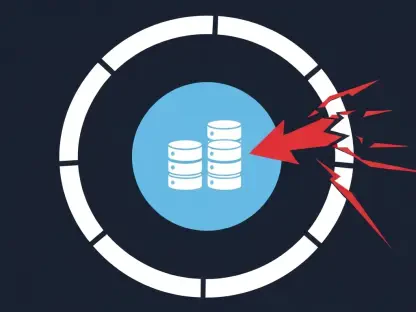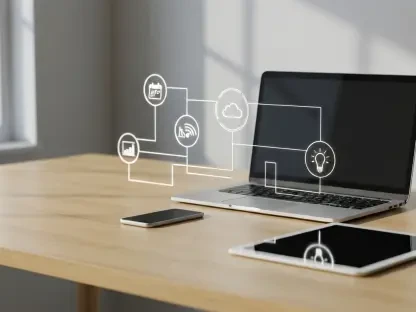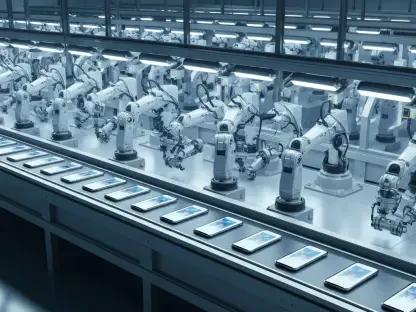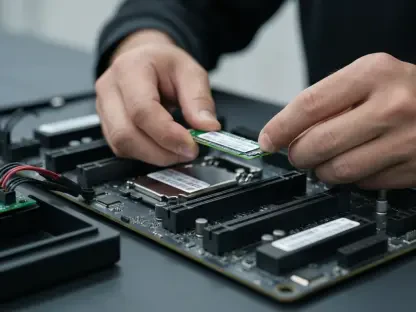With Apple making significant strides in its smart home ecosystem, the transition to the new Apple Home architecture is a pivotal moment for home automation enthusiasts. Apple is planning to phase out the current version of its smart home architecture, urging users to transition swiftly to avoid any disruptive experiences. As part of this shift, some users will be automatically updated to the new system, ensuring minimal disruption in automation or accessory control. This proactive approach is initiated to prevent any lapses in service, especially since support for the previous architecture will cease with the upcoming release of iOS 18.6. The end of this support underscores the importance of a timely upgrade to ensure users are not left behind in the smart home revolution spearheaded by Apple.
Embracing Advanced Features
The new Apple Home architecture promises improved performance, reliability, and a suite of modern features, ensuring compatibility with smart devices of today and tomorrow. From support for Matter devices—which create a more cohesive and interoperable smart home environment—to functionality that allows for guest access, the innovations are robust. Moreover, the architecture now includes enhancements such as compatibility with robotic vacuum cleaners and an expanded activity history feature. These developments cater to growing demands for smart home devices to be intuitive, adaptive, and most importantly, seamlessly integrated. However, to harness these benefits, users must ensure their devices are up to date, with requirements including iOS 16 and macOS Sonoma or later. This modernization also means phasing out support for older devices, making it imperative for users to update their systems for optimum performance.
Taking Proactive Measures
Given the extensive nature of these updates, users are encouraged to take a proactive approach in updating their systems. Apple’s decision to automate some updates might seem intimidating, but this strategy primarily aims to prevent disruptions from unexpected service outages. When Apple reintroduced the architecture in March 2023, it resolved prior issues like disappearing devices and HomeKit Secure Video errors, underscoring its commitment to enhancing user experience. By urging users to update now, Apple ensures not just service continuity but also fosters a more engaged and forward-thinking user community. As smart home technology rapidly evolves, adapting to these changes is crucial for maintaining a seamless interconnected home environment.
To summarize, Apple’s shift to a new smart home architecture signifies a major leap in smart home technology. Users are advised to prepare by updating their systems and exploring new features. As Apple continues to focus on improved functionality and reliable services, staying informed and proactive has become vital. This evolution ushers in a new era for smart homes, where quickly adapting to technological advancements is key.









